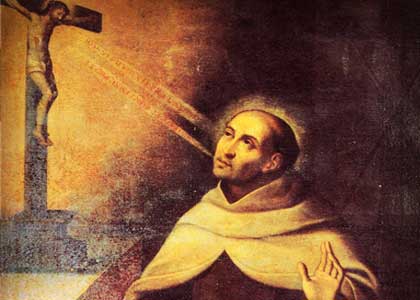History
The Malayalam Era began in 825 CE; it is named 'Kolla Varsham' after Kollam, because of the importance of Kollam in the 9th century CE. Ayyanadikal Thiruvadikal granted the Tharisapalli plates copper plate grants in 825 CE to Nestorian priest Mar Iso who he invited to Kollam, transferring to the Tarsish Church and the community in the St. Thomas tradition of Quilon.
A merchant, Soleyman of Siraf of Persia, visited Malabar in the 9th century and found Quilon to be the only port in India used by the huge Chinese ships on their way from Canton to the Persian Gulf. The rulers of Kollam (formerly called 'Desinganadu') had trade relations with China and exchanged embassies. According to the records of the Tang Dynasty (618 AD to 913 AD),[6] Quilon was their chief port of call. The Chinese trade decreased about 900 AD and was again revived in the 13th century.

In 1291, John of Montecorvino a Franciscan monk, became a priest at Quilon. Friar Jordanus Catalini, who arrived in 1321, effected large scale Christian conversions and was appointed Bishop of Roman Catholic Diocese of Quilon in 1329. Friar Jordanus built a Church called St. Georges Church and wrote Mirabilia Descripta. However after Giovanni de' Marignolliin 1353,the members of this Latin Church converted themselves to the Nestorian faith and when Portuguese arrived in 1498 only Nestorian Christianity existed in Kerala. [citation needed] Marco Polo, who visited China's Kublai Khan's court, traveled through Kollam on his return journey to Venice, and gave an interesting account of the flourishing port of Kollam (or Coilum, as he called it) and its trade relations with China in the east and Europe to the west. Chinnakada, (China-kada), the city center, was so named after the Chinese merchants. The increase in commercial activity resulted in establishment of a flourishing Chinese settlement at Kollam.[citation needed] [edit] Kollam during Portuguese, Dutch and British conquests (16th to 18th centuries)
The Portuguese were the first Europeans to establish a trading center in Tangasseri, Kollam in 1502, which became the centre of trade in pepper. In the wars with the Moors/Arabs that followed, the ancient church of St Thomas was destroyed. In 1517, the Portuguese built the St. Thomas Fort in Thangasseri, which was destroyed in the subsequent wars with the Dutch. The ruins of the Fort can still be seen in Thangasseri. In 1661, the Dutch took possession of the city. The remnants of the Dutch forts can be found at Thangasseri. In the 18th century, Travancore conquered Kollam, followed by the British in 1795. Thangasseri remains today as an Anglo-Indian settlement, though few Anglo-Indians remain. The Infant Jesus Church in Thangasseri, an old Portuguese-built church, remains as a memento of the Portuguese rule of the area.
Kollam as part of Travancore
Velu Thampi Dalawa of Travancore worked to improve Kollam. He helped build new markets and invited merchants and traders from Madras (now Chennai) and Tirunelveli to set up trade in Kollam. Kollam, to this day has a thriving business in cashew nuts, coir and spices.
The history of the district as an administrative unit can be traced back to 1835, when the state of Travancore consisted of two revenue divisions with headquarters at Kollam. Kollam, revenue district of Kerala (1949 onwards)
At the time of the integrating of Travancore and Cochin districts in 1949, Kollam was one of the three revenue divisions in the state. Later these three revenue divisions were converted into districts. But Shencottah taluka was merged with Madras state consequent to the implementation of the States Reorganisation Act of 1956. Now the district has a single revenue division with its headquarters at Kollam Taluk Cutcherry.




